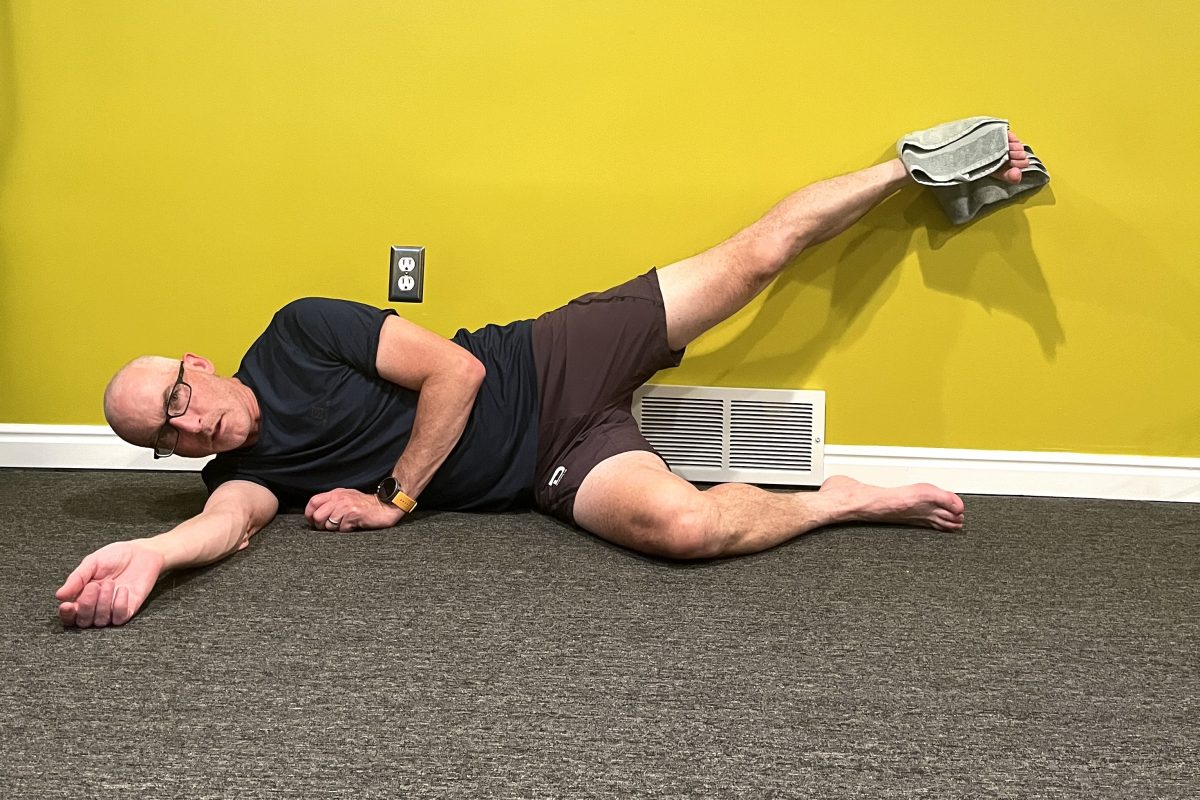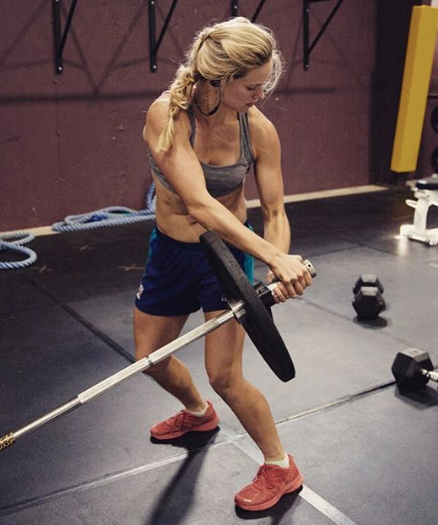Health – Alsgaard
 Poor Lifestyle Main
Poor Lifestyle Main
Cause for Cancer.
On July 2nd I read an interesting article in The VG Newspaper about The
World’s Health Organization’s (WHO) new "National Global
Cancer Control Programs."
It was Norway’s former prime minister and now CEO of WHO, Gro Harlem
Bruntland that commented during the 18th international cancer congress
that the main cause of cancer in the Western World is related to people’s
lifestyle.
TV is blamed
Bruntland attacked an unhealthy lifestyle while listing what commonly
causes cancer:
– We smoke too much
– We exercise too little
– We are not eating varied enough food and what we eat contains too much
fat.
Bruntland believes that the numerous cable and satellite TV stations now
available to Norwegians from all over Europe with no restrictions on tobacco
advertising has greatly increased the number of smoking Norwegians. Bruntland
therefore wants an international ban on tobacco advertising.
70-Year olds in better shape than 13-year olds!
 Focus
Focus
on better nutrition.
Research shows that Norwegians all the way down to young school age are
rapidly getting in worse physical shape. A friend of mine told me of a
recently published story about a PE teacher on the West Coast of Norway
that challenged his 13-14 year-old students to compete in running against
a 70 year old man from the local "old boys" exercise group.
Well, this guy was probably not the average retired person, but it’s
still sad to hear that he beat them all in distances from 60 meters to
5 K.
Bruntland strongly believe that the nation needs to focus more on food,
training and surroundings.
Other interesting info from Bruntland:
Researchers believe that too much meat, fat and protein can be the cause
of among other things, prostate cancer – while fruits and vegetables
can protect against the disease.
One billion people, the equivalent of China’s entire population
will die of cancer this century. Towards 2020 Norwegians can expect a
42% increase in cancer cases for men and 36% increase for women!
Some of you may recall an article I wrote last year that commented on
the commonplace occurrence of Norwegians being obese or overweight. I
moved to the US in 1984 and I travel to Norway once per year to visit
family. I’ve observed changes (for the worse) every year, especially
the last ten years. Norwegians eating and drinking habits are greatly
changed. Now there is lots of fast food and pre-made meals – all
adding up to higher fat intake and lower nutritional value. Changing laws
are partly to blame. Years ago, it was hard to get permission to sell
food after 5 or 6 pm. Now you can sell any type of food 24 hours per day.
As we all know it’s easy to like (and crave) anything that is sweet,
greasy or gives you a buzz.
In 1984 fast food joints were still uncommon and gas stations were mostly
for buying gas and changing the oil. A modern gas station now sells cheese
dogs, sandwiches on white bread, muffins, bakery goods, fries, burgers
and massive amounts of snack foods. I think Norwegian gas stations
even rival those found in the US – 7-Eleven is definitely behind
in food volume. In Norway, every time I get gas, I see two or three (overweight)
people walking out with an oversized hotdog hanging out of their mouth.
This all leads to a greater gap between the (shrinking) number of healthy,
active, exercise-minded people and those that like to watch sport on TV.
At the bars I have noticed that beer alone won’t cut it anymore.
You are now supposed to slam down at least one shot of something stronger
that 40% alcohol with your beer.
At a recent concert I went to, a group of partygoers asked the bar tender
what they should drink now. They had already tried everything in the bar.
No wonder why the average life length for the first time in a century
is now dropping and size "big and tall" is now available in
little Norway!
 |
|
Alsgaard
and his rival Elofsson |
Summer
– But Not Vacation For Thomas Alsgaard
(Also from the VG newspaper)
Thomas Alsgaard is training up to 130 kilometer per day this summer.
After a successful Olympics including a Gold Medal in the relay after
beating the Italian World Sprint Champion on the last leg, Thomas took
10 days off in April and went to Indonesia on vacation. After that it
was back to base building with training days covering up to 130 kilometers
per day.
His goal this season is to beat the Swedish World Cup winner Elofsson
as often as possible.
Alsgaard’s typical day looks like this:
7.00: Breakfast
7.30-10.00: First workout
10.30: Lunch
11.00 – 14.00: Rest
14.00 – 16.00: Second workout
16.00 – 18.30: Food and Rest
18.30 – 20.00: Third workout
21.00: Dinner
He is covering 130 kilometers per day when he is doing two daily rollerski
workouts and one running workout and about 100 kilometers per day with
two running and one rollerski session. He usually follows this pattern
for six days straight before backing off.
The "carrot" that motivates him in the summer is car racing
– rally cross (dirt road racing). He allows himself participation
in one race per month and has done two so far this summer with an 8th
place in the B group as his best performance. His main goal this upcoming
season is the World Championship in Val de Fiemme in Italy. He is interested
in skiing most every distance including the sprint. The sprint is tempting
after showing what he can do on the last 200 meter in the relay and in
the pursuit at the Olympics. The 50K is also in his sights after winning
the 50 K skate in Holmenkollen this spring.
Well, is this season going to be between Elofsson and Alsgaard or are
we going to see Bauer, Wadsworth, Swenson, Freeman and Johnson of the
USA emerge from the sidelines and make it more interesting? Don’t
count them out is my advice. The US Ski team, according to program director
Luke Bodensteiner has an even bigger budget than last season. The total
budget for the organization is enormous, probably larger than any other
nation’s budget. The US has one of the highest paid, if not the
highest paid skiing CEO in the World (if what we hear is correct). For
that reason alone we should expect a lot more! Now if the USSA would support
the athlete’s personal coaches – (the same coaches that helped
them reach the level of national team), then we’d be talking about
real chances.



